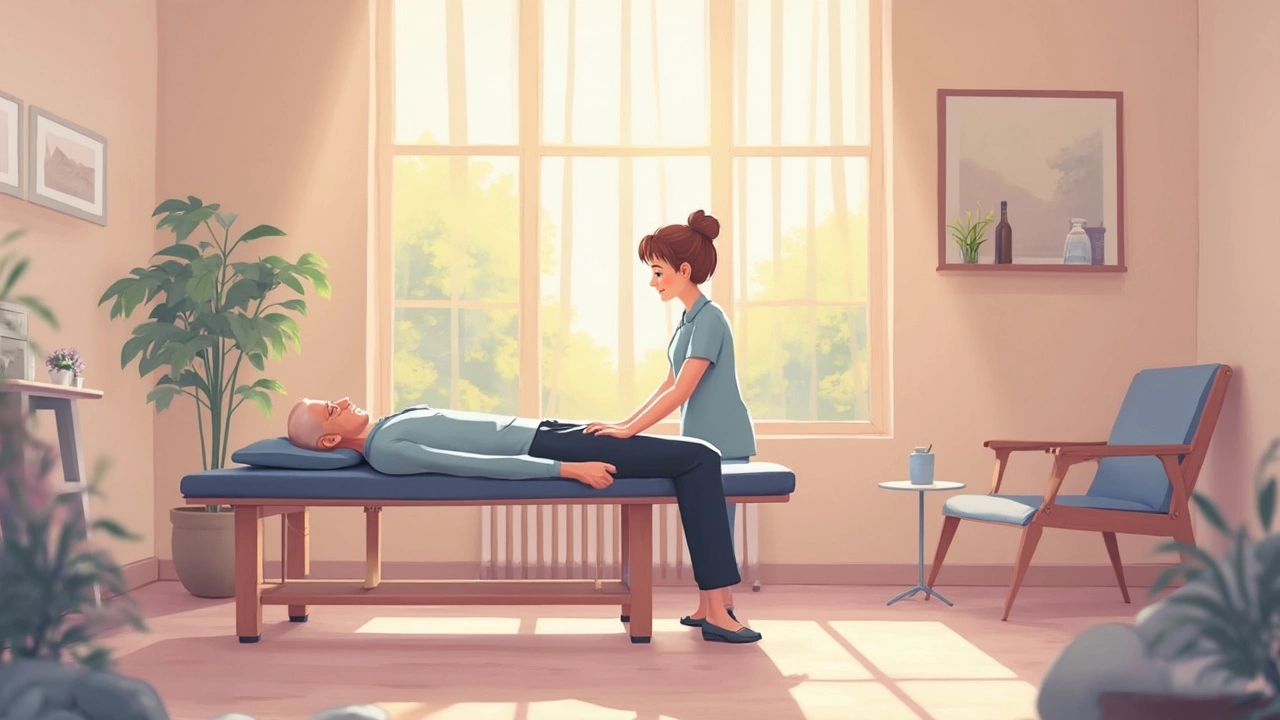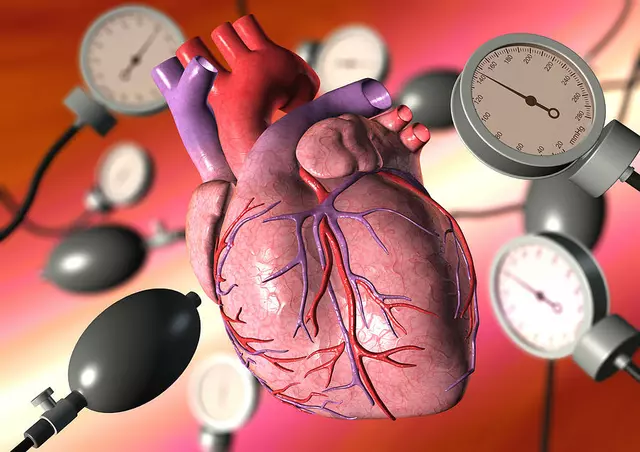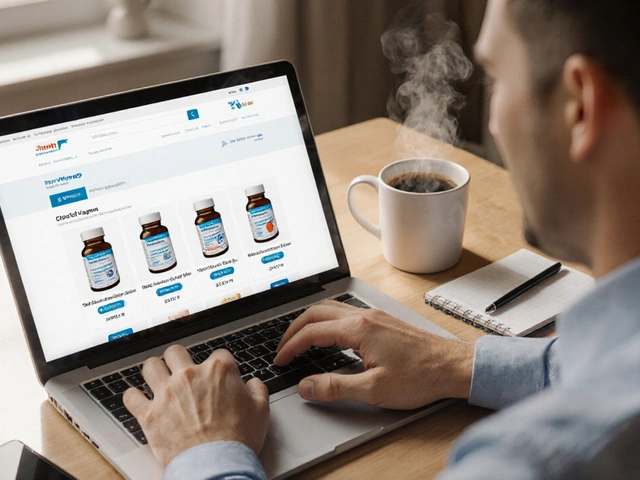Urinary Incontinence: Simple, Practical Help You Can Use Today
Waking up to a wet pad or dreading long trips because you might leak is more common than people admit. Urinary incontinence means you can’t fully control your bladder. It can be a few drops when you laugh or a strong urge you can’t hold. The good news: many cases improve with simple changes and targeted exercises.
Quick fixes and daily habits that help
Start with small changes you can stick to. Try timed voiding: set an alarm and go to the bathroom every 2–3 hours, even if you don’t feel the need. That trains your bladder and reduces accidents. Cut back on drinks that irritate the bladder—coffee, tea, cola, and alcohol—and spread your fluids across the day so you’re not overloading the bladder at once.
Lose a little weight if you’re carrying extra pounds. Even modest weight loss can lower pressure on the bladder and reduce leaks. Smoking worsens coughing and increases leaks, so quitting helps both lungs and bladder.
Use absorbent pads or washable liners when you need them. They’re discreet and let you stay active while you work on long-term fixes.
Exercises, devices, and medical options
Kegel exercises strengthen pelvic floor muscles that support the bladder. Sit or lie down, squeeze the muscles you’d use to stop peeing, hold 3–5 seconds, then relax for the same time. Do 10 reps, three times a day. If you’re unsure which muscles to use, try stopping your urine midstream once—those are the muscles. Don’t make this a regular way to stop peeing long-term, just a test.
If Kegels feel confusing or don’t help, a pelvic floor physical therapist can teach you better techniques and use biofeedback to show real progress. Some people benefit from a pessary — a device women insert into the vagina to support the bladder. Men with prostate issues sometimes get relief from medications or procedures that reduce pressure on the urethra.
Medications can calm an overactive bladder or tighten muscles to reduce stress leaks. They have side effects, so talk to a clinician about risks versus benefit. For persistent problems, minimally invasive options like Botox injections into the bladder or nerve stimulation often work well. Surgery is another option for severe stress incontinence; modern procedures focus on support and have quicker recovery than older techniques.
See a doctor right away if you have blood in urine, sudden severe pain, a fever with urinary symptoms, or if you can’t urinate at all. Also check in if leaks suddenly get worse or if simple fixes aren’t helping after a few months. A short evaluation—urine test, bladder diary, and a few simple exams—often points to a clear plan.
Start with the easy wins: timed voiding, fewer bladder irritants, Kegels, and weight loss. Those often cut leaks significantly. If you need more, your healthcare team can offer targeted treatment that fits your life and goals. You don’t have to accept leaks as normal—there are practical steps that work.

Physical Therapy's Role in Easing Bladder Issues and Urinary Incontinence
Physical therapy can be a game-changer for those dealing with bladder issues and urinary incontinence, offering non-invasive techniques to manage and improve symptoms. This approach strengthens pelvic muscles, enhances bladder control, and improves the overall quality of life. The therapy involves tailored exercises and lifestyle modifications under professional guidance. Many find relief and regain confidence through these personalized treatment plans, often reducing or even eliminating symptoms over time.
Detail




